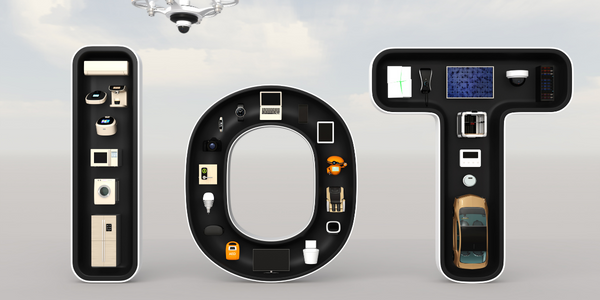Technology Category
- Functional Applications - Inventory Management Systems
- Functional Applications - Warehouse Management Systems (WMS)
Applicable Industries
- Consumer Goods
- Equipment & Machinery
Applicable Functions
- Procurement
- Warehouse & Inventory Management
Use Cases
- Inventory Management
- Picking, Sorting & Positioning
Services
- System Integration
About The Customer
Maple Distributing is a rapidly growing company that supplies premium kitchen appliances to retailers. Since its inception in 2016, the company has focused on superior customer service and meeting consumer demands, which has played a key role in its success. The company specializes in outdoor kitchen solutions and has been able to exceed customer expectations by ensuring the right tools are in place to support demand. However, as the company grew, it faced challenges in managing its inventory and orders, which were initially handled manually with spreadsheets and QuickBooks.
The Challenge
Maple Distributing, a supplier of premium kitchen appliances, was facing operational challenges due to disconnected data and manual handling of inventory and orders. The company was using QuickBooks for financials and spreadsheets for inventory and order management. However, as the company grew rapidly, these systems were not able to keep up with the increasing demand and operational processes. The company was struggling to keep track of their inventory, manage their product imports and serialized products, and calculate the true cost of goods sold. The lack of a centralized inventory system was causing operational inefficiencies and potential errors.
The Solution
Maple Distributing implemented Acctivate, a centralized inventory software that integrates with QuickBooks, to manage their inventory and high order demand in a more automated manner. Acctivate became their primary system for managing purchasing, inventory, orders, fulfillment, and customers, while QuickBooks continued to manage financials and exchange data with Acctivate. The new system provided better overall control of inventory, including product imports and serialized products. It also allowed for tracking and tracing of serial numbers, preventing products from being sold when not available, and calculating the true cost of goods sold by including freight charges for imported goods. Additionally, Acctivate's order manager provided a central hub for order management and fulfillment, enabling Maple Distributing to view order progress, perform batch actions for all orders, and keep orders moving through the supply chain without any mishaps.
Operational Impact
Quantitative Benefit

Case Study missing?
Start adding your own!
Register with your work email and create a new case study profile for your business.
Related Case Studies.

Case Study
Smart Water Filtration Systems
Before working with Ayla Networks, Ozner was already using cloud connectivity to identify and solve water-filtration system malfunctions as well as to monitor filter cartridges for replacements.But, in June 2015, Ozner executives talked with Ayla about how the company might further improve its water systems with IoT technology. They liked what they heard from Ayla, but the executives needed to be sure that Ayla’s Agile IoT Platform provided the security and reliability Ozner required.

Case Study
IoT enabled Fleet Management with MindSphere
In view of growing competition, Gämmerler had a strong need to remain competitive via process optimization, reliability and gentle handling of printed products, even at highest press speeds. In addition, a digitalization initiative also included developing a key differentiation via data-driven services offers.
.png)
Case Study
Improving Vending Machine Profitability with the Internet of Things (IoT)
The vending industry is undergoing a sea change, taking advantage of new technologies to go beyond just delivering snacks to creating a new retail location. Intelligent vending machines can be found in many public locations as well as company facilities, selling different types of goods and services, including even computer accessories, gold bars, tickets, and office supplies. With increasing sophistication, they may also provide time- and location-based data pertaining to sales, inventory, and customer preferences. But at the end of the day, vending machine operators know greater profitability is driven by higher sales and lower operating costs.

Case Study
Predictive Maintenance for Industrial Chillers
For global leaders in the industrial chiller manufacturing, reliability of the entire production process is of the utmost importance. Chillers are refrigeration systems that produce ice water to provide cooling for a process or industrial application. One of those leaders sought a way to respond to asset performance issues, even before they occur. The intelligence to guarantee maximum reliability of cooling devices is embedded (pre-alarming). A pre-alarming phase means that the cooling device still works, but symptoms may appear, telling manufacturers that a failure is likely to occur in the near future. Chillers who are not internet connected at that moment, provide little insight in this pre-alarming phase.

Case Study
Premium Appliance Producer Innovates with Internet of Everything
Sub-Zero faced the largest product launch in the company’s history:It wanted to launch 60 new products as scheduled while simultaneously opening a new “greenfield” production facility, yet still adhering to stringent quality requirements and manage issues from new supply-chain partners. A the same time, it wanted to increase staff productivity time and collaboration while reducing travel and costs.








